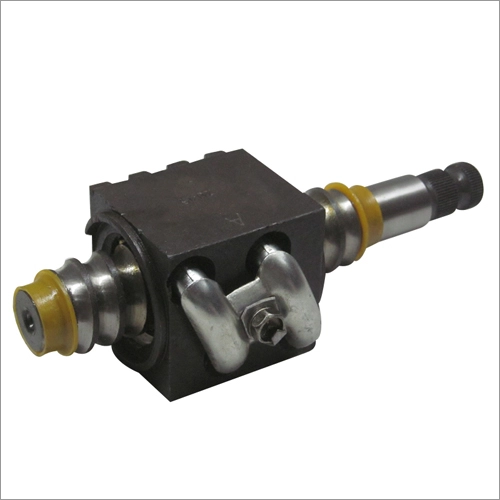What is a steering worm?
The steering worm gear moves the sector gear, and this motion is transmitted to the pitman arm which moves fore and aft. A drag link connected to the pitman arm transmits this movement to the tie rods which are connected to the steering arms.
Worm and Sector Steering Operation in this type of steering mechanism, the steering shaft has a worm gear attached to it at its end. It meshes directly with a sector gear. It is called ‘sector’ gear because it’s only a section of the full gear. When you turn the steering wheel, the steering shaft turns the worm gear.
A steering worm is a component of a vehicle’s steering system that is responsible for converting the rotational movement of the steering wheel into the lateral movement of the vehicle’s front wheels. The steering worm is a cylindrical gear that has a spiral thread cut into its surface, which meshes with a gear known as the sector gear.
When the driver turns the steering wheel, the steering column rotates, which in turn rotates the steering worm. The spiral thread on the steering worm causes the sector gear to move laterally, which then moves the tie rods that connect to the vehicle’s front wheels. This movement of the tie rods changes the direction of the wheels, allowing the driver to steer the vehicle.
The steering worm is usually located in a gearbox called the steering box, which is typically mounted on the vehicle’s frame or chassis. It is made of durable materials like steel or aluminum to ensure longevity and resistance to wear and tear.
Regular maintenance and inspection of the steering worm are essential for ensuring the safety and reliability of the vehicle’s steering system. Any damage or wear to the steering worm can result in erratic or unresponsive steering, which can be dangerous. If any issues are detected, the steering worm should be repaired or replaced by a qualified mechanic to ensure the proper functioning of the steering system.


